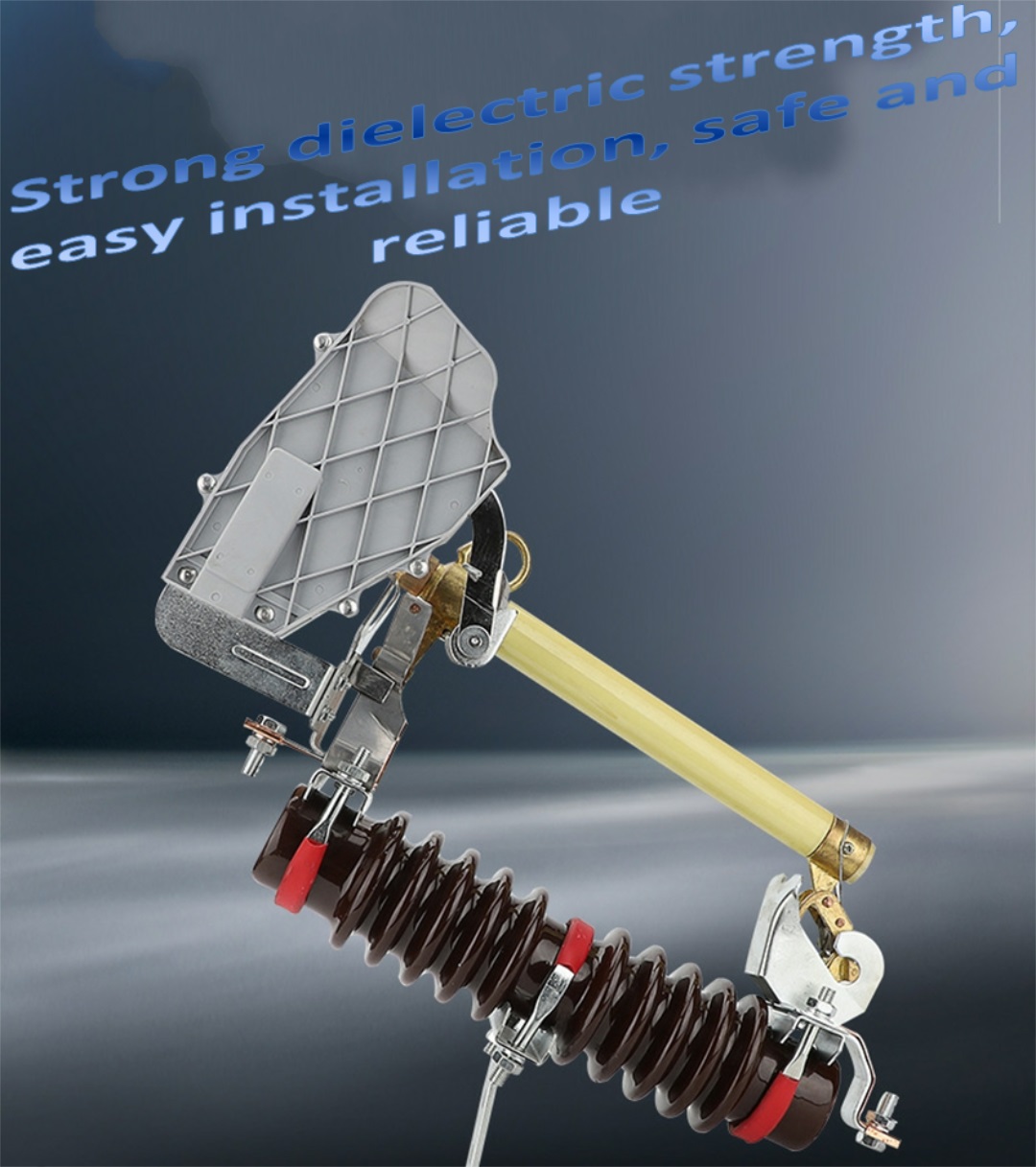First of all, we can take a look at the characteristics of high voltage fuses.
As we know, the function of high voltage fuses is to protect the circuit. That is, when the current in the circuit exceeds a specified value, the melt inside the fuse will produce a kind of heat to break the circuit. Therefore, for high voltage fusing materials, need to have low melting point, easy to extinguish arc characteristics. Generally including copper, silver, zinc, lead, lead tin alloy and other materials. Because the melting points of these materials are different, different materials are needed for different currents. Their melting temperatures correspond to 1080℃, 960℃, 420℃, 327℃ and 200℃ respectively.
Instructions for the use of these different materials are as follows:
1. The melting point of zinc, lead, lead-tin alloy and other metals is relatively low, but the resistivity is larger. Therefore, the use of fuse cross-sectional area is larger, the metal vapor generated when fusing is not conducive to extinguish arc. Mainly used in the circuit below 1kV.
2. Copper and silver have high melting points, but small resistivity and good electrical and thermal conductivity. Therefore, the use of fuse cross-sectional area is small, the metal vapor generated when fusing is less, easy to extinguish arc. Can be used in high voltage, high current circuit. However, if the current is too large, long-term temperature is too high, easy to cause damage to other components in the fuse. In order to make the melt fuse quickly, it must flow through a larger current, otherwise it will prolong the fuse time, which is unfavorable to the protection equipment. In order to eliminate this shortcoming, a tin or lead pellet is often welded on the copper or silver melt to reduce the melting temperature and improve the protection performance of the melt.
Post time: Feb-27-2023

